9 Design Secrets of the 2019 Jaguar I-Pace

The 2019 I-Pace is Jaguar’s first electric vehicle. To maximize efficiency and ultimately driving range, it’s the brand’s most aerodynamic SUV ever, with a sleek body designed to slice through the wind like an arrow fired from an English longbow.
“We were really excited to maximize every opportunity that an electrical architecture gives us,” exclaimed Wayne Burgess, studio director, Jaguar production and SVO vehicles while walking a group of reporters around his company’s latest creation. “I think I-Pace is our genre-defining car. It really is going to be the tipping point and something that defines the brand moving forward.”
And that isn’t hyperbole spouted off by a corporate insider. Not only does this crossover vehicle look like the future, it feels years ahead of its time thanks, in part, to a powerful all-electric drivetrain.
SEE ALSO: 2019 Jaguar I-Pace Review
With no cumbersome internal-combustion engine or bulky gearbox to accommodate, designers were freed from the constraints of normality. “Why don’t we lengthen the cabin? Why don’t we push the [wind] screen forwards?” Burgess asked rhetorically.
Helping deliver a world-class product, this new Jaguar is rife with clever touches and intriguing details. Unlocking these mysteries, here are nine design secrets of the 2019 I-Pace.
9. It Looks a Jaguar
Electric cars dispense with myriad systems required on internal-combustion-powered vehicles, things like fuel pumps and exhaust systems, bulky radiators and complicated drivetrains. Additionally, and perhaps more significantly, their cooling needs are greatly reduced. But rather than giving the I-Pace a completely smoothed-over face with no grille, which designers could easily have done, they decided to keep it in the family.
“The front of the car, we have a fairly recognizable Jaguar grille,” explained Burgess. “Now, we decided to do this for a very important reason. Jaguar is still a challenger brand, we’re still growing our brand, we’re still trying to raise the recognition for Jaguars when you see them on the road.” They thought it was important that the I-Pace look like other products in their range, but for improved aerodynamics that familiar rectangular grille with gently rounded corners is mostly solid, with just enough vent holes molded in to provide adequate cooling for the car’s electrified powertrain and related systems.
ALSO SEE: Where Is Jaguar Made?
8. The I-Pace has a Cab-Forward Design
Chrysler really pushed cab-forward design back in the early 1990s with its LH family of cars, which included models like the Dodge Intrepid, Eagle Vision, and 300M. The basic idea was to push the wheels outward to each corner in order to maximize interior space, something Jaguar has done here.
“You look at a profile of I-Pace, it has much more in common with our C-X75… concept mid-engine show car from a few years ago than it does a conventional two-box SUV,” said Burgess. Keeping the design dramatic he said, “We worked really hard to get the overhangs as short as possible on this car… And because we’ve chopped the overhangs off front and rear all you read is that cabin profile, so, it’s kind of like a shortened, jacked up Lamborghini Countach more than it is an SUV if you like.” And there it is, folks, you read it here first; this Jaguar is the vintage Lambo of 21st century all-electric utility vehicles.
7. It’s Space Efficient
Thanks to cab-forward construction the I-Pace is positively huge inside. Burgess said even though it’s about the same size as a Porsche Macan, it has more interior room than a long-wheelbase Jaguar XJ sedan. This is because the cabin accounts for about two-thirds of the vehicle’s overall length.
SEE ALSO: 2018 Honda Clarity PHEV Review
Rear-seat legroom measures around 35 inches (90 cm) and there’s more than 50 cubic feet (1,444 liters) of maximum cargo space in the boot.
6. She Looks Just Like the Concept Car
“People have been very impressed with the fact that this looks very much like the I-Pace concept that we launched at L.A. [auto show] a year ago last November,” noted Burgess, adding that the differences between the design study and production model are tiny.
A couple changes he spoke of center on the wheels and fender flares. The concept rolled on massive 23-inch rims because, “Obviously, designers like to have a great wheel-to-body relationship.” The production I-Pace has to make do with up to 22s and wheel arches that are 10 mm narrower than on the design study.
They tucked those flares in to improve aerodynamics. Additionally, intakes at the front bumper’s corners direct air toward the outside faces of the wheels, keeping it attached to the body as long as possible for better aerodynamics.
5. Ducted Hood Reduces Drag, Looks Hella Cool
Arguably, the I-Pace’s most striking design element it its ducted hood. While getting into either of the front seats you can look forward and see daylight through this opening, though it’s not there merely to be pretty. Burgess said, “It’s a drag-reduction device and it’s something you can only really do with a car that doesn’t have an IC engine in the front because we’ve been able to drop that duct into a space where normally you’d have the front of the engine.” Another packaging advantage for electrics.
4. There’s No Rear Wiper and for Good Reason!
As air enters that front duct it’s accelerated, staying attached to the I-Pace’s roof, ultimately making its way through the floating rear spoiler. At this point, something interesting happens. Dirt, dust, and precipitation do not stick to the backlight, meaning no rear wiper is required. Burgess said, “If the car’s moving forwards the rear screen stays clean,” adding that their engineering team couldn’t believe it, running tests three or four times to verify this result. Basically, the I-Pace is so slippery and creates so little turbulence stuff doesn’t accumulate on the rear glass, which is also elegantly curved, bringing to mind the visor of a racing helmet.
3. It’s Very Sheer Sided
“If you look at a car like an F-Type, or the E-Type that inspired it, historical Jaguars have had lovely tapered tails, lots of plan shape that really sweeps off behind the rear wheel arch,” noted Burgess while commenting on the I-Pace’s profile. “The problem with that is it’s not good from a drag point of view.”
SEE ALSO: 2017 Smart Electric Drive Review
Remedying this problem, their all-electric creation is very sheer-sided, with minimal sculpting and wheels pushed out flush with the body. “But to give it that voluptuous, sexy feel that Jaguars have to have, what we did is we overcompensated in sideview,” explained Burgess. “So, you’ve got these really voluptuous front and rear fenders, beautiful curve over that front wheel arch… that drops into the waist and then a lovely, long, muscular rear fender.” The result is a classic look with the aerodynamic efficiency of a cruise missile.
2. The Back is Flat…
And unlike other Jaguars, the I-Pace’s aft end is conspicuously squared off, not tapered or rounded. This creates a clean separation point for air flowing over the body. Even its rear bumper and tail lights have hard cut lines molded in to help it break away smoothly.
1. …And so is the Bottom
Further improving aerodynamics, Burgess said this vehicle’s belly is completely smooth, not that most Jaguar owners are ever going to crawl underneath their cars to see this first hand, but it’s good to know nonetheless. “One of the benefits of electric vehicles, particularly ones that have the battery packs underneath… is they have a very clean underfloor,” a small detail that makes them even slipperier.
Discuss this story on our Jaguar Forum

Born and raised in metro Detroit, Craig was steeped in mechanics from childhood. He feels as much at home with a wrench or welding gun in his hand as he does behind the wheel or in front of a camera. Putting his Bachelor's Degree in Journalism to good use, he's always pumping out videos, reviews, and features for AutoGuide.com. When the workday is over, he can be found out driving his fully restored 1936 Ford V8 sedan. Craig has covered the automotive industry full time for more than 10 years and is a member of the Automotive Press Association (APA) and Midwest Automotive Media Association (MAMA).
More by Craig Cole



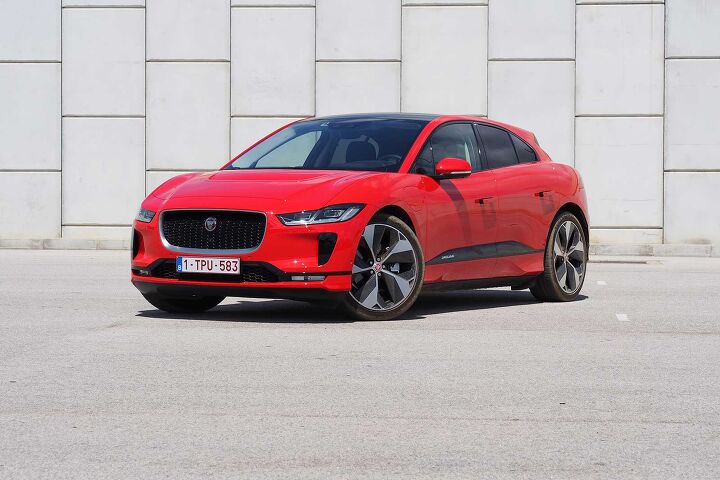

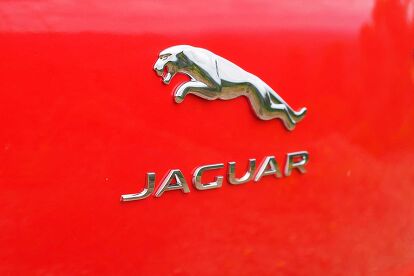

































































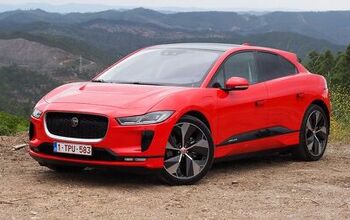
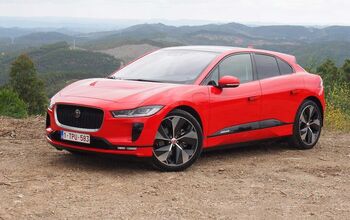
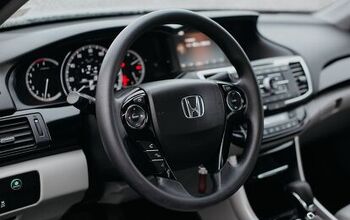

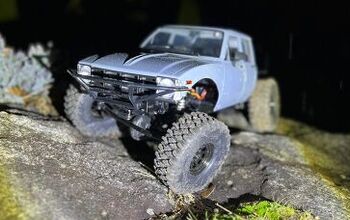





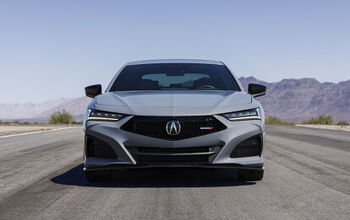




Comments
Join the conversation